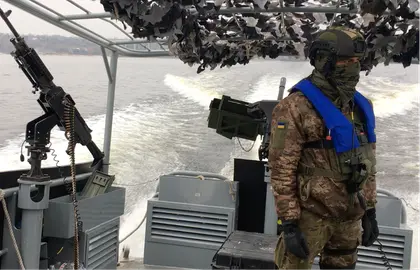The Ukrainian navy patrol boat stands out immediately in the dockyard in Zaporizhzhia, squeaky clean amid a cluster of rusty old tour boats and small fishing vessels. Kyiv Post enjoyed exclusive onboard access during one of the boat’s daily patrol missions defending the Dnipro River, the longest river in the country.
The December air is unforgiving as the boat zips along the surface of the river, one soldier standing solemnly on the starboard, another on the bow – both manning a Sea Ark Dauntless-class patrol boat made in the U.S. and sent to Ukraine as part of American's military assistance program.
Their job here is so vital. The Dnipro River is a strategically important feature in Ukraine, not just now during Russia’s ongoing war, but down the centuries. Connected by the Dnipro-Buh Canal to other major waterways in Europe, the Dnipro is a busy trade route, once part of the historical Amber Road, one of the major transboundary rivers in Europe.
Snaking its way through Belarus and Ukraine to the Black Sea, it essentially serves as the backbone of the Ukrainian economy.
"The Dnipro is a major transportation artery for Ukraine, and its dams provide power to a great deal of Ukrainian industry, as well as civilians," Dr. Scott Savitz, a senior engineer at the U.S. non-profit think tank The RAND Corporation, said back in March, amid growing global concerns over Russia potentially taking control of the Dnipro and stopping food and other commodities from leaving Ukraine.

Kyiv Hit by Massive Drone Attack as Russian Strikes Target Multiple Ukrainian Cities
"It cuts through the heart of Ukraine. It is for Ukraine what the Mississippi River is for the U.S.,”
Since Moscow launched its illegal invasion in February, some parts of the Dnipro now form a defensive line between Ukraine and Ukrainian lands currently under Russian occupation. The line includes the Zaporizhzhian city of Enerhodar, home to Europe’s largest nuclear power plant, which has been occupied by Russian forces since the first days of the war.
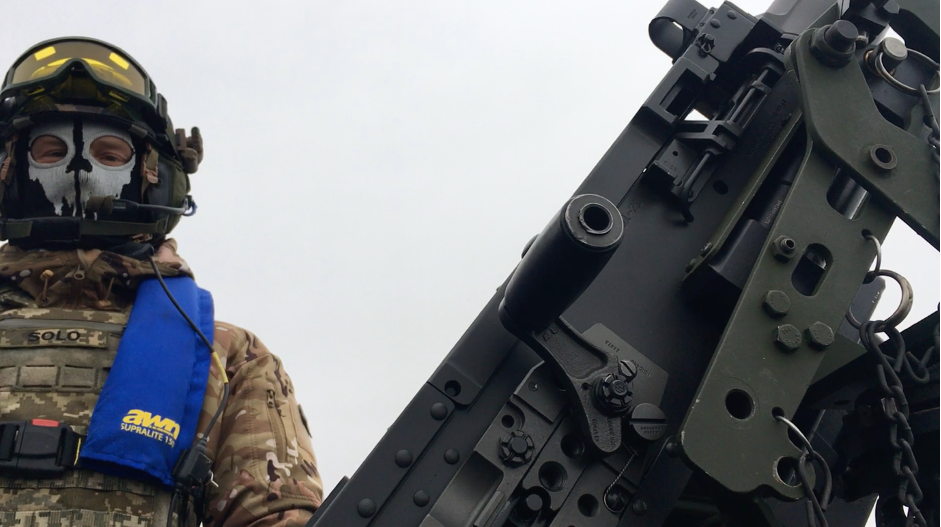 A soldier mans a .50 caliber machine gun at the bow. Photo Credit: Kyiv Post.
A soldier mans a .50 caliber machine gun at the bow. Photo Credit: Kyiv Post.
It was on the first day of March that Ukrainian officials announced that Russian troops had surrounded the city, with Enerhodar Mayor Dmytro Orlov reporting that residents were experiencing difficulties getting food and other essential supplies.
The following day, protestors blocked the roads into Enerhodar in an attempt to prevent Russian forces from entering. But by the same evening, Rafael Grossi, Director General of the International Atomic Energy Agency, announced that Russian authorities had taken control of the territory around the nuclear power plant.
This was swiftly followed by a column of 10 Russian armored vehicles and two tanks approaching the plant, which duly captured it after two hours of heavy fighting.
Since that time Zaporizhzhia Region has experienced relentless Russian strikes and shelling, damaging local infrastructure and placing the nuclear power plant under grave risk.
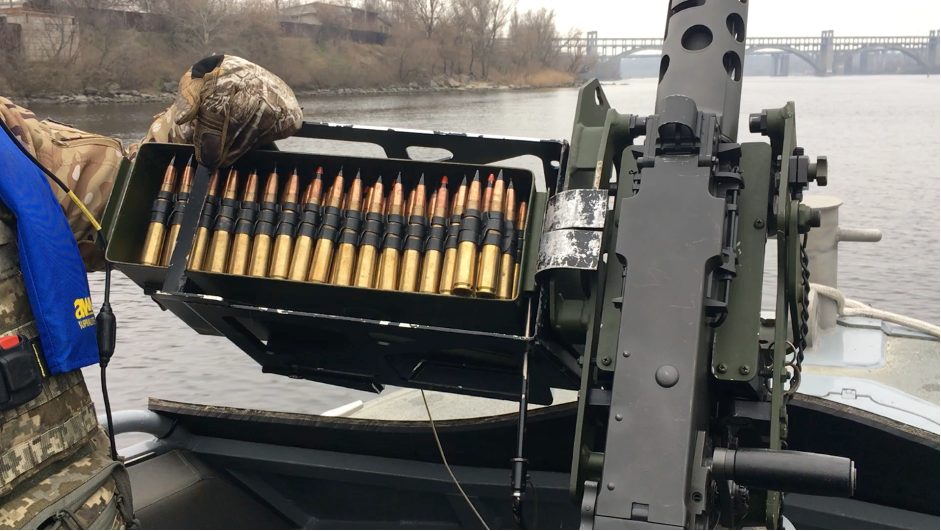 Ammunition carried in the box for the big .50 caliber machine gun is a mix of armor-piercing and tracer ammunition. Photo Credit: Kyiv Post.
Ammunition carried in the box for the big .50 caliber machine gun is a mix of armor-piercing and tracer ammunition. Photo Credit: Kyiv Post.
Sitting on the southern shore of the Kashovka Reservoir, the plant relies on water from the Dnipro to cool its reactors.
"We don’t get too close to the plant right now," the boat’s Captain tells me from his seat at the helm, his eyes constantly switching focus from the radar screen to the view ahead. "If we get too close the Russians hit us with heavy fire. But it’s up to us to make sure that they don’t come any further down river or take over any more of our territory."
His eyelids suddenly tighten as he spots something on the radar. In some parts of the river, the depth can be as shallow as three meters, with large rock formations, many of them beneath the surface, being a regular hazard in need of careful navigation.
With a quick turn, he steers the boat around something he doesn’t like the look of on his screen, then takes us around a large rock island towards a foreboding dam.
It was upon rocks like this that the Cossacks would sometimes seek shelter, a member of our group, Katarzyna Doroszowna, an aide to Ukrainian lawmaker Sviatoslav Yurash, explains.
A famous staple of Zaporizhzhian and, indeed, Ukrainian culture, the Cossacks, revered warriors, are said by some historians to have grown from communities and nomads living in the Eurasian Steppe as early as the 12th century.
With groups of people fleeing from the cultivated lands of Kyivan Rus to escape oppression, they survived by developing superior fishing and hunting skills.
In the 16th century, Ukrainian noble Dmytro Vyshnevetsky united the various groups into a formidable military organization, and by 1615 the Zaporizhzhian Cossacks were even razing townships as far away as the outskirts of Constantinople, on one occasion forcing Ottoman Sultan Murad IV to flee from his palace.
During the reign of the Habsburg monarchy, the Habsburgs sometimes covertly hired Cossack raiders to quell Ottoman pressure on their own borders, and the might of the Cossacks is still celebrated by Ukrainians to this day, leaving their impression on modern-day name places, streets, and even Cossack-themed restaurants.
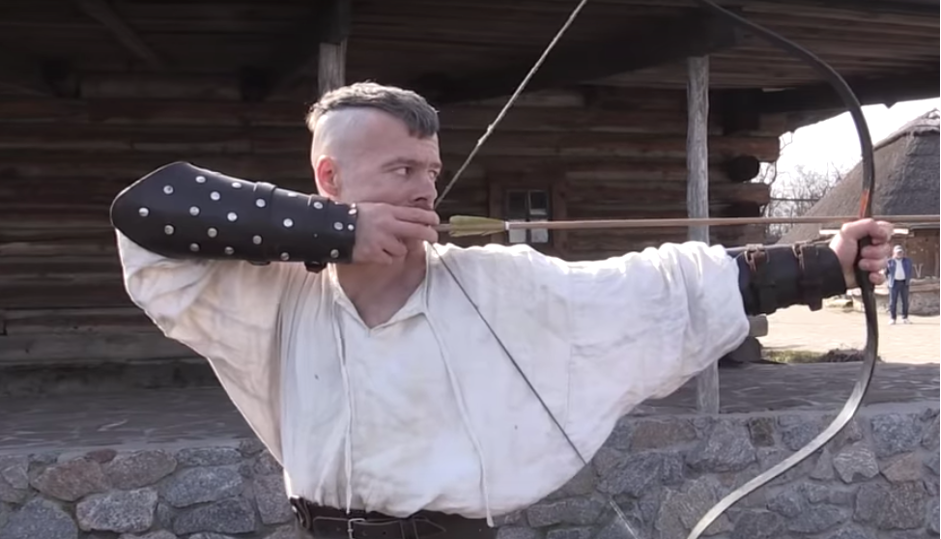 Janusz Szeremeta in training to be a Cossack. Photo Credit: Kyiv Post.
Janusz Szeremeta in training to be a Cossack. Photo Credit: Kyiv Post.
In 2020, Kyiv Post interviewed Janusz Szeremeta, a Polish man who spent years training to become a Zaporizhzhian Cossack after coming to Ukraine regaled by legends of the Ukrainian warriors.
Training at the Zaporizhzhian Sich, the historical centre still used by "modern day Cossacks", Szeremeta said that the experience "changed his life", and promised to give something back to the Zaporizhzhian Cossacks.
Doing just that, at the onset of Russia’s invasion, Szeremeta headed back here to help defend Ukraine.
Sadly, he was killed in action on Dec. 4, sacrificing his life just as many Cossacks in Zaporizhzhia Region have done throughout history to protect Ukraine’s people, lands, and culture.
As the patrol boat glides along a narrow canal, the soldier at the bow pulls his balaclava closer to his face, his thermal clothing proving invaluable in protecting him from the frosty -6 degree Celsius winds.
"There are times in the year when parts of the river freeze over," he says. "And this causes us big problems. Storms can also hit us hard and stop us completely. But we’ve adapted – we’ve [Ukrainians] been on this [river] for hundreds of years."
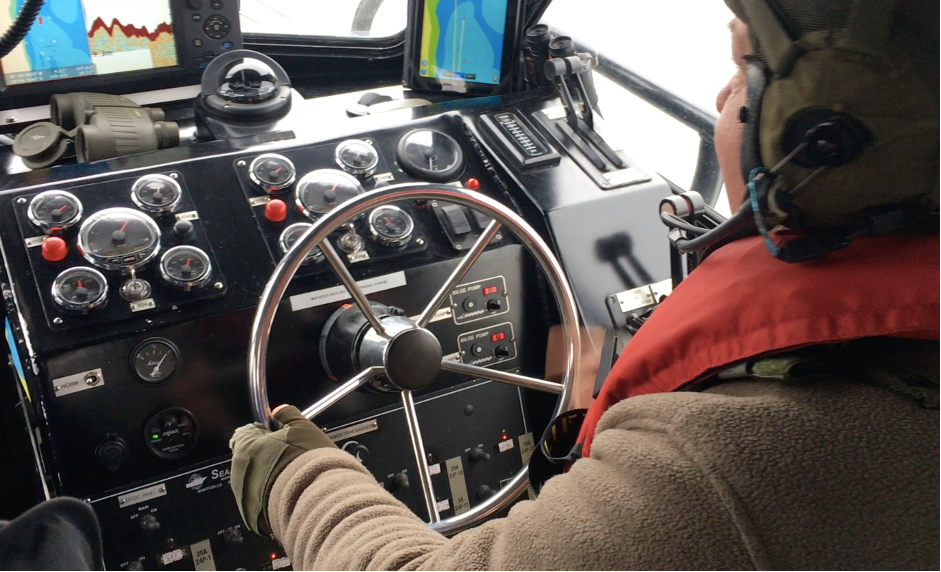 Photo Credit: Kyiv Post.
Photo Credit: Kyiv Post.
Indeed, the operation of Dnipro flotillas is also steeped in history, even taking in the Russo-Turkish Wars of 1735-39 and 1787-92, the Russian Civil War in the 20th Century, World War Two and, of course, the present day, where, as always, defending the Dnipro River is an utmost necessity.
Despite the fact that Ukraine has a strong army on land, it no longer has a significant navy, with Russia sinking or capturing most of its fleet in the first weeks of the war, and Ukraine being forced to scuttle its sole large warship, the frigate Herman Sahaidachny, in Odesa to prevent it falling into the hands of the enemy. These latest losses came after the Russians scuppered or simply stole Ukrainian vessels as they grabbed the Crimean peninsula in spring 2014. These included the Cherkasy minesweeper.
But its riverine flotilla, consisting mainly of old Soviet-era craft, but also border patrol vessels such as this one, and second-hand crafts donated by the U.S. over the summer, remain a permanent and busy feature on the Dnipro.
Units of Ukrainian PTS, tracked amphibious transport, frequently help to haul platoons from riverbank to riverbank.
Boats from Ukraine’s Special Operations Command are used with great effect to conduct raids at night.
And The Ukrainian Sea Guard, which before the war consisted of around 65 mostly armed patrol boats and small craft, ensure on a daily basis that the Dnipro River is free from Russian invaders.
Even former civilian vessels have now been adapted for this very purpose.
"We must have the appropriate forces and means to withstand the enemy at our main waterway," Ukrainian Vice Admiral Oleksiy Neizhpapa told reporters back in June.
It was in the same month that the U.S. government pledged to supply Ukraine with 18 more second-hand patrol boats—six 40-footers, two 35-footers and 10 34-footers.
"These are largely to protect the riverways and to enable Ukraine to maintain its control of the riverways," an unnamed U.S. defense official told reporters.
”The enemy is now to the south of the Dnipro, and we must have the appropriate forces and means to withstand the enemy at our main waterway,” Neizhpapa added. ”We will continue to increase our efforts not only in this direction but along the entire Dnipro River through the construction of new boats and acquiring the boats from our foreign partners.”
“I hope that in the future, a flotilla of river motor boats will be set up on Dnipro, which will include several divisions located in different cities.”
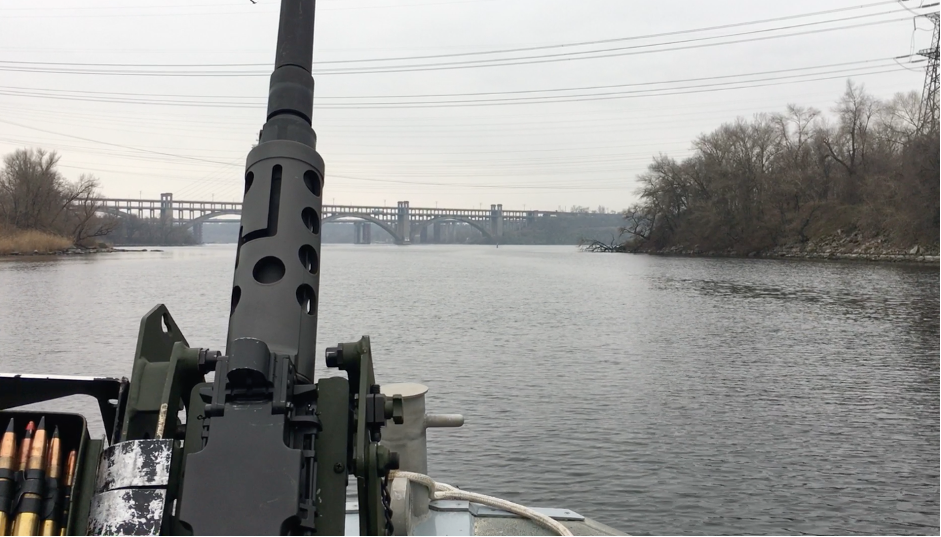 Photo Credit: Kyiv Post.
Photo Credit: Kyiv Post.
Back at the helm, the captain points to his radar screen and smiles at what looks like thousands of dark green specks clustered together, moving slowly across the radar screen. They’re fish, he says, and the Dnipro is swarming with them.
Either side of us, perched along the banks, a row of men cast their lines into the water, hoping to catch a bite.
Cigarettes in lips and rods in hands, they tease the surface with their bait, though this is just a normal Friday.
Despite the chaos of war, life evidently goes on in the many towns and cities straddling Ukraine’s Dnipro River – and this patrol team, just one of many, wants to keep it that way.
You can also highlight the text and press Ctrl + Enter


